
A picture is worth 1000 words, but how many emotions?
During a political campaign voters will often share their views through pictures posted on social media. A human could recognize one as being a positive portrait of the candidate and the other one negative. Professor Jiebo Luo and his collaborators are training computers to make the same assessments.
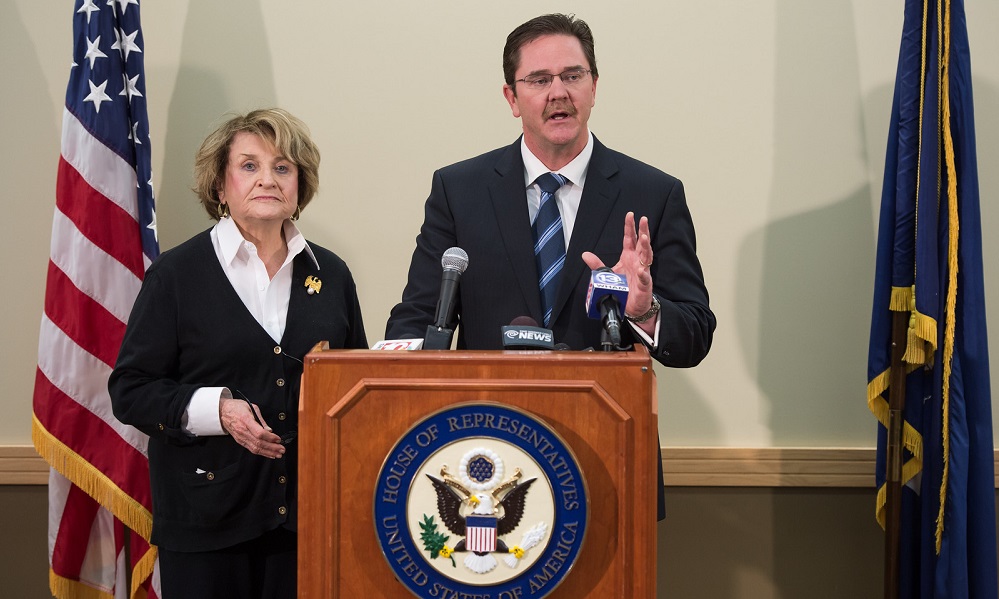
Rochester competes for national photonics institute
A consortium that includes the University as a key participant has been named one of three finalists to make New York the home for a new Integrated Photonics Institute for Manufacturing Innovation.
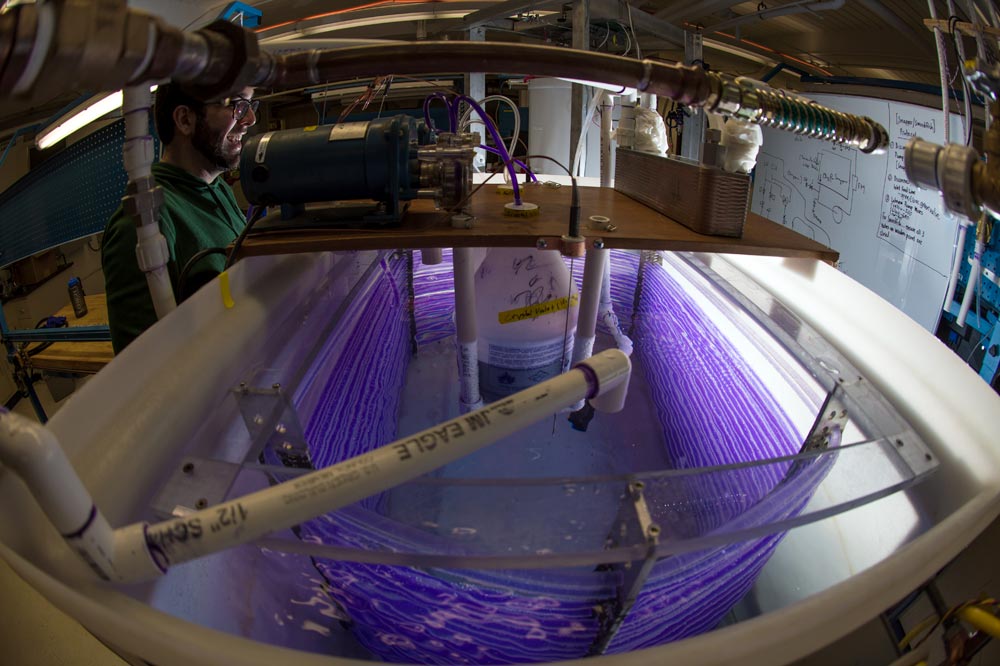
Totally tubular
Senior chemical engineering student Erik Laurin monitors an experiment on his team’s senior design project– a tubular reactor that will be used for experiments in the junior chemical engineering lab in Gavett Hall.
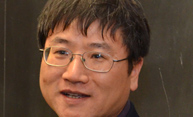
Qiang Lin receives inaugural Leonard Mandel Faculty Fellow Award
Qiang Lin, assistant professor of electrical and computer engineering and of optics, has been named the first Leonard Mandel Faculty Fellow. The award, which includes a two-year, $25,000 stipend, recognizes exceptional achievement by a junior faculty member in coherence and quantum optics.
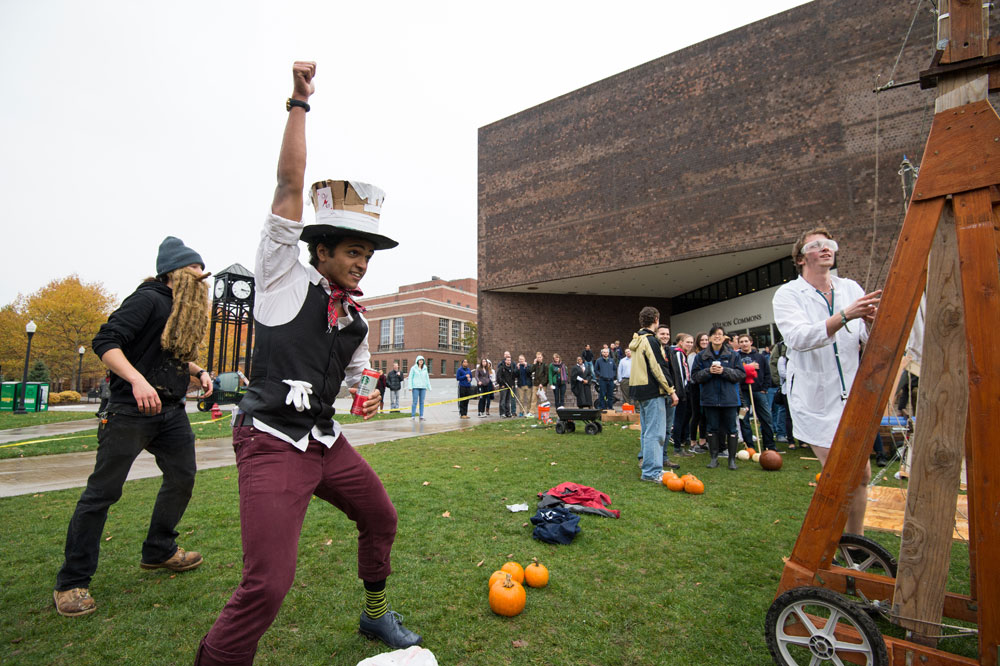
Pumpkins, away!
Noah Woolfolk ’16 prepares to fire his trebuchet at the annual American Society of Mechanical Engineers Pumpkin Launch on Wilson Quad.
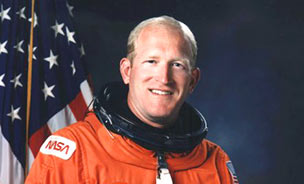
Astronaut Sam Gemar to present undergrad scholarship
Sam Gemar will be coming to campus to give a brief public lecture about the Astronaut Scholarship Foundation (ASF) and his time with NASA. He will also present William Green ’16 with a $10,000 scholarship on behalf of ASF.
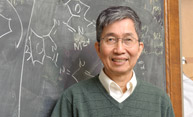
Researcher honored as Thomson Reuters Citation Laureate
Ching Tang, a professor of chemical engineering at the Hajim School of Engineering and Applied Sciences, is being recognized as one of the most influential researchers in the field of chemistry. Thomson Reuters has named Tang one of this year’s 26 Citation Laureates for his role in inventing the organic light-emitting diode (OLED).
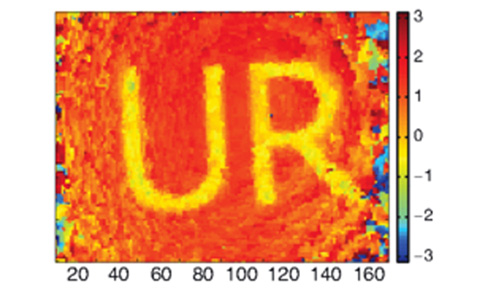
Doing more with less: New technique efficiently finds quantum wave functions
University researchers have introduced a new method, called compressive direct measurement, that allowed the team to reconstruct a quantum state at 90 percent fidelity using only a quarter of the measurements required by previous methods.
Duality principle is “safe and sound”: Researchers clear up apparent violation of quantum mechanics’ wave-particle duality
When scientists in Germany announced in 2012 an apparent violation of a fundamental law of quantum mechanics, The results were both “strange” and “incredible.” It took Robert Boyd and his colleagues nearly a year and a half to figure out what was going on.

College freshmen meet Rochester on #WilsonDay14
The incoming freshmen class will discover what Rochester has to offer and explore the many ways to get involved in their surrounding neighborhood during the 26th annual Wilson Day on Thursday, Aug. 28. Over 1,350 students will garden, paint, meet with senior citizens, help organize school supplies, and learn more about their new community.
